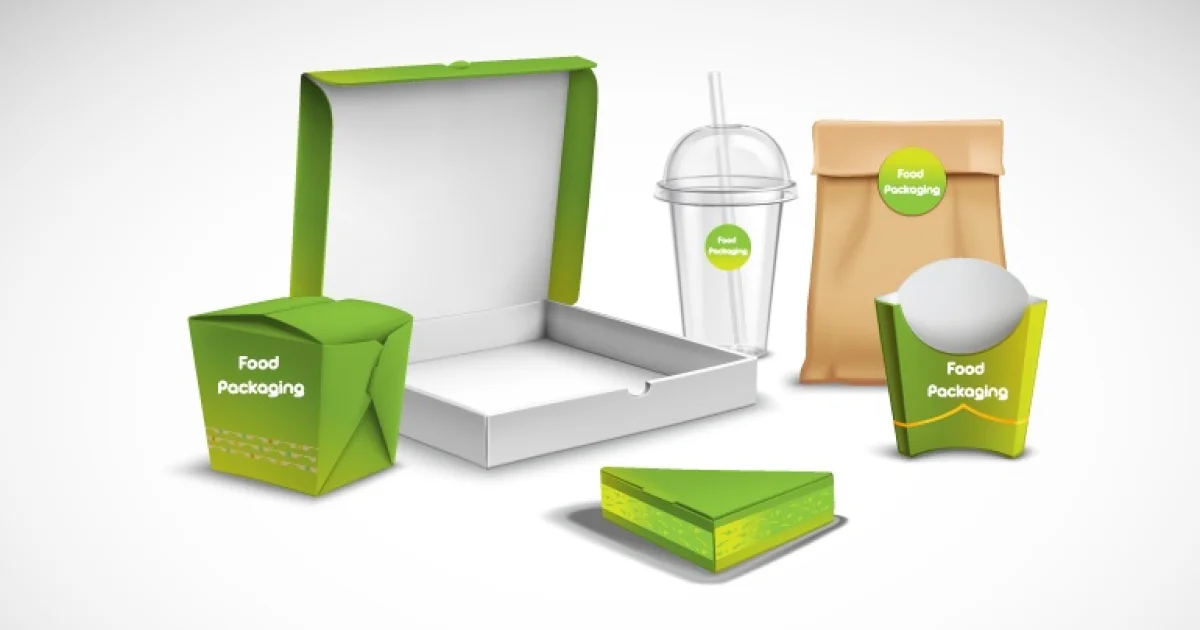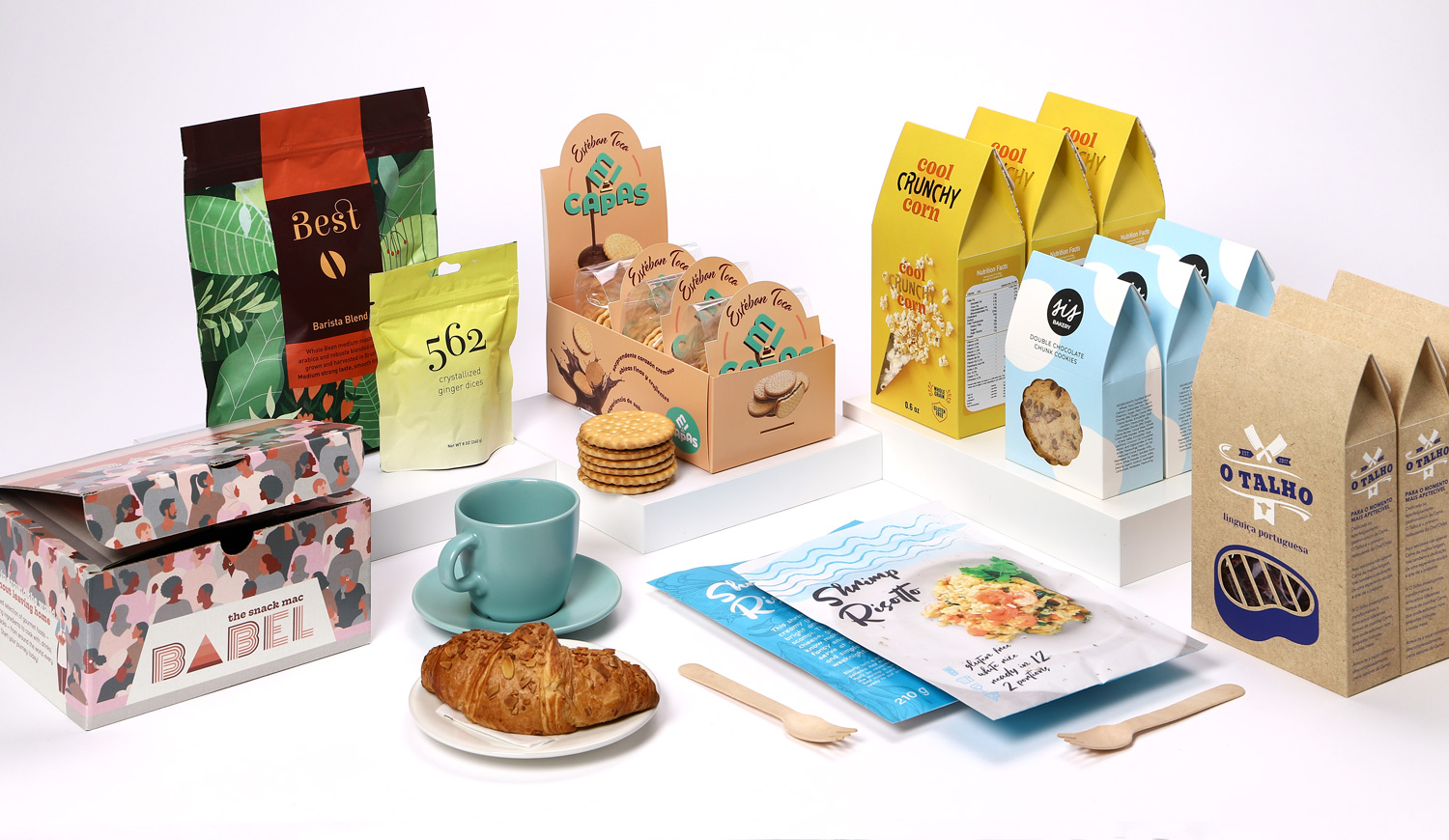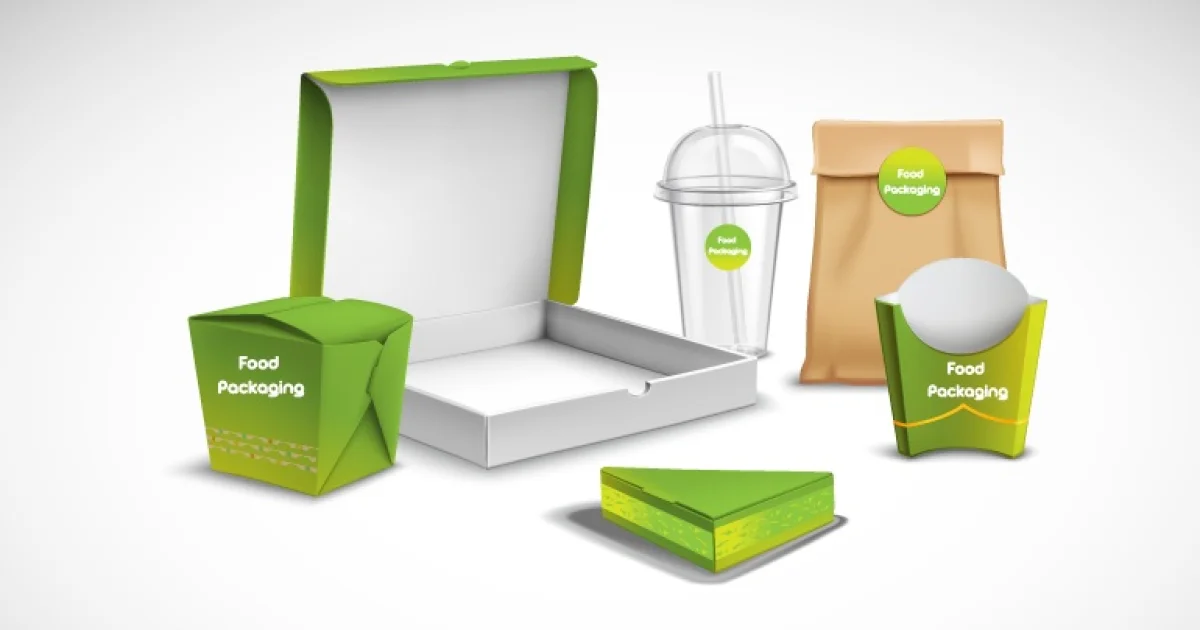The food packaging inks industry is a vital segment of the packaging sector, playing a crucial role in ensuring the safety, quality, and aesthetics of food products. This article aims to provide a comprehensive overview of the industry’s current trends, challenges, and opportunities. We will explore the importance of food packaging inks in the marketing and branding of food products, as well as the technological advancements shaping the industry.
Keywords related to the food packaging inks industry include food packaging, inks, safety, branding, marketing, technology, trends, challenges, opportunities, and regulations. These keywords will be used strategically throughout this article to enhance its search engine optimization (SEO) and ensure it reaches a wider audience.

The Importance of Food Packaging Inks
Food packaging inks play a critical role in the packaging sector, serving multiple functions that include enhancing the visual appeal of food products, providing essential information to consumers, and ensuring the safety and integrity of the packaging. These inks are designed to be safe for use with food products and must comply with stringent regulatory standards to prevent contamination and ensure consumer safety.
Marketing and Branding
In the competitive world of food marketing, packaging is a key element that can influence consumer purchasing decisions. The use of high-quality packaging inks can significantly enhance the appearance of food products, making them more appealing to consumers. This, in turn, can boost brand recognition and loyalty. For more insights on how packaging affects marketing, visit Marketing Food Safety.
Safety and Compliance
Ensuring the safety of food packaging inks is of utmost importance. These inks must comply with strict safety regulations to prevent any risk of contamination. Manufacturers are required to use food-grade inks that meet specific safety standards. To learn more about ink safety, check out Food Grade Ink.
Technological Advancements in the Industry
Technological advancements are driving the evolution of the food packaging inks industry. Innovations in ink formulation and printing technologies are enabling manufacturers to produce high-quality, safe, and environmentally friendly packaging solutions.
Eco-Friendly Inks
With increasing awareness of environmental issues, there is a growing demand for eco-friendly packaging solutions. Manufacturers are investing in the development of biodegradable inks that reduce the environmental impact of packaging waste. These inks are made from renewable resources and are designed to break down naturally without harming the environment.
Digital Printing Technologies
Digital printing technologies have revolutionized the packaging industry, offering greater flexibility and efficiency in the production process. These technologies enable manufacturers to produce customized packaging with high-quality graphics and vibrant colors, enhancing the overall appeal of food products. For more on ink performance on paper packaging, visit Ink Performance.
Challenges Facing the Industry
Despite the numerous opportunities for growth and innovation, the food packaging inks industry faces several challenges. These include regulatory compliance, environmental concerns, and the need for continuous innovation to meet the evolving demands of consumers and the market.
Regulatory Compliance
Compliance with safety and environmental regulations is a major challenge for manufacturers. The industry is subject to stringent regulations to ensure the safety and quality of packaging inks. Manufacturers must invest in research and development to create inks that meet these standards while maintaining high performance and visual appeal.
Environmental Concerns
The environmental impact of packaging waste is a significant concern for the industry. Manufacturers are under pressure to develop sustainable packaging solutions that minimize waste and reduce the carbon footprint of packaging materials. This requires investment in research and development to create innovative, eco-friendly packaging solutions.
Opportunities for Growth
Despite the challenges, the food packaging inks industry presents numerous opportunities for growth. The increasing demand for sustainable packaging solutions, the rise of digital printing technologies, and the growing focus on branding and marketing are driving the industry’s expansion.
Expanding Markets
The global demand for packaged food products is on the rise, driven by population growth and changing consumer preferences. This presents significant opportunities for the food packaging inks industry to expand into new markets and increase its market share.
Innovation and R&D
Investment in research and development is crucial for the industry’s growth. Manufacturers are focusing on developing innovative ink formulations and printing technologies that enhance the safety, quality, and environmental performance of packaging solutions. For insights on migration-safe inks, visit Migration-Safe Inks.
Conclusion
The food packaging inks industry is a dynamic and evolving sector with significant opportunities for growth and innovation. As manufacturers continue to invest in research and development, the industry is poised to meet the challenges of regulatory compliance, environmental sustainability, and consumer demand for high-quality, safe, and visually appealing packaging solutions.

FAQ Section
What are food packaging inks?
Food packaging inks are specialized inks used in the printing of packaging materials for food products. They are designed to be safe for use with food and comply with regulatory standards to prevent contamination.
Why are food packaging inks important?
These inks play a crucial role in marketing and branding, enhancing the visual appeal of food products and providing essential information to consumers. They also ensure the safety and integrity of the packaging.
What are the challenges facing the food packaging inks industry?
The industry faces challenges such as regulatory compliance, environmental concerns, and the need for continuous innovation to meet evolving consumer demands and market trends.
This article contains affiliate links. We may earn a commission at no extra cost to you.






